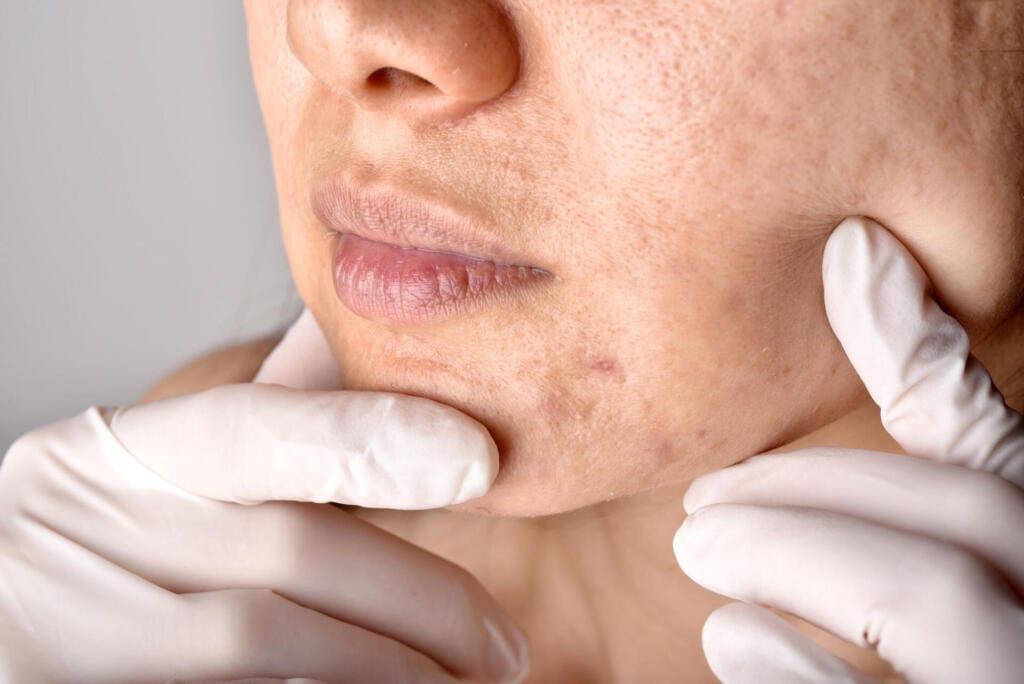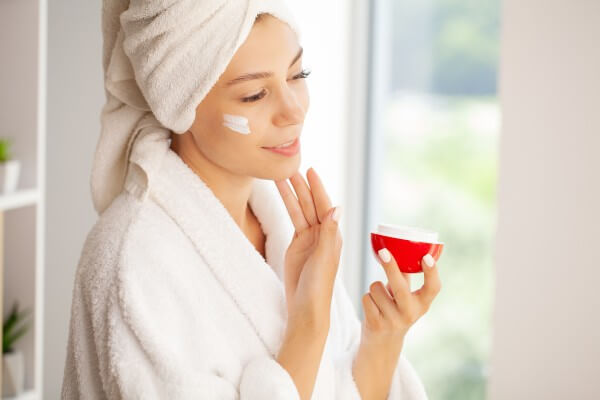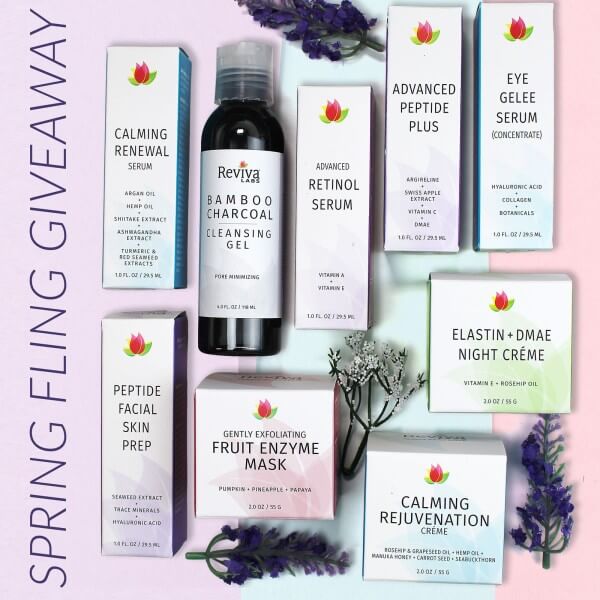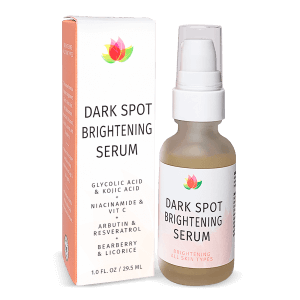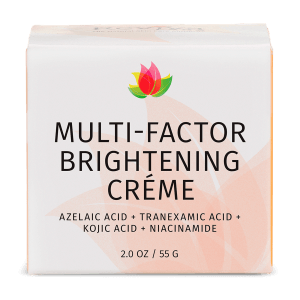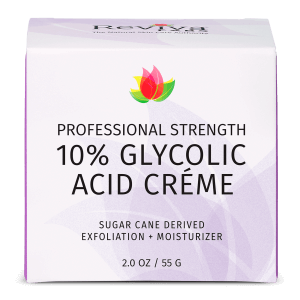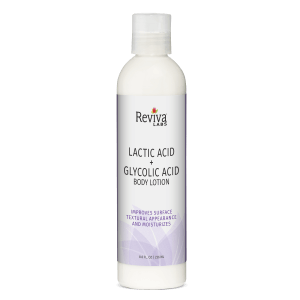Reviva Labs, Skin Care
How to Get Rid of Acne Scars: A Professional’s Guide to Clearer Skin
Acne scars—those stubborn reminders of breakouts long gone—can feel like they’re impossible to erase. If you’ve struggled with them, you’re not alone. In fact, studies have shown that about 95% of people who have experienced acne will see some degree of scarring throughout their lives. Scar treatments aren’t a one-size-fits-all fix, and it can be frustrating when products or procedures don’t deliver immediate results. But the good news is, with the right approach, significant improvement is possible.
In this article, we’ll explore effective strategies for minimizing and even eliminating acne scars. Whether you’re just starting your journey toward clearer skin, or you’ve been battling scars for years, this guide offers expert-level advice grounded in science and practicality.
Types of Acne Scars: Know What You’re Dealing With
Before diving into treatment options, it’s essential to understand the type of acne scars you have. This helps tailor the right treatments and set realistic expectations. There are two main types of acne scars: atrophic (depressed) and hypertrophic (raised). Atrophic scars can be further categorized into three main subtypes:
- Ice Pick Scars: These are deep and narrow, often appearing as small holes on the surface of the skin. They penetrate deep into the skin, making them one of the most challenging types of scars to treat.
- Boxcar Scars: Shallow, wide depressions with well-defined edges. They are usually found on the cheeks and jawline and can be less deep than ice pick scars, but they still create a noticeable texture.
- Rolling Scars: These scars have a wave-like appearance, often giving the skin a bumpy texture. They occur when fibrous bands of tissue form between the skin and deeper structures, pulling down on the skin’s surface.
Hypertrophic or keloid scars are raised and result from excess collagen production during the healing process. They’re more common on the chest, back, and shoulders, but can also occur on the face.
Understanding the type of scar is critical. Why? Because certain treatments work best for specific types of scars. So, let’s move on to treatment options.
The Power of Patience: Why Time Heals—But Not Always Completely
While the saying “time heals all wounds” holds some truth when it comes to acne scars, it’s not entirely reliable. Over time, scars might fade a bit naturally as your skin regenerates and produces new cells. However, this process can take years, and often, the scars never disappear completely without some intervention. That’s where proactive treatments come in.
Topical Treatments: Do They Really Work?
The first thing most of us turn to is creams, serums, or over-the-counter treatments. These products often claim to do wonders for scars, but what can you realistically expect?
Some of the most effective topical treatments contain ingredients like retinoids, alpha hydroxy acids (AHAs), beta hydroxy acids (BHAs), and vitamin C. Here’s why they work:
- Retinoids: These vitamin A derivatives boost collagen production and speed up cell turnover. Retinoids can help soften scars and reduce hyperpigmentation. It’s essential to start slowly when using retinoids, as they can cause irritation if applied too often or in high concentrations.
- AHAs and BHAs: Both of these acids exfoliate the skin. AHAs, such as glycolic acid, work on the surface to smooth skin texture, while BHAs, like salicylic acid, go deeper into the pores to clear out dead skin cells and excess oil. Regular use of these acids can reduce the appearance of scars over time, but patience is key.
- Vitamin C: This powerful antioxidant can brighten dark spots and hyperpigmentation caused by acne scars. Vitamin C boosts collagen synthesis, making it useful for atrophic scars as well. However, not all vitamin C serums are created equal—look for stable formulas with high concentrations for the best results.
While topical treatments can help with shallow scars and discoloration, they’re less effective for deep, pitted scars. That’s where professional treatments come in.
Professional Procedures: The Real Game Changers
If you’ve tried every serum, peel, and cream with little success, it might be time to consider professional treatments. Dermatologists offer several procedures that can dramatically reduce the appearance of acne scars, though the right one depends on your skin type and the severity of your scars.
- Laser Resurfacing: One of the most popular and effective methods for reducing acne scars, laser resurfacing works by removing the outer layers of the skin and stimulating collagen production in the deeper layers. Fraxel laser is a common choice, especially for atrophic scars, as it targets both surface and deep layers of the skin. Laser treatments do come with downtime and should be done by a certified professional.
- Microneedling: Also known as collagen induction therapy, microneedling involves creating tiny punctures in the skin using fine needles. This process triggers the body’s natural healing response and encourages collagen production. It’s particularly effective for rolling and boxcar scars, and when combined with PRP (platelet-rich plasma), the results can be even more impressive.
- Chemical Peels: Chemical peels use a high concentration of acids to exfoliate the top layer of the skin, helping to fade scars and hyperpigmentation. Stronger peels performed by dermatologists can penetrate deeper, making them more effective for stubborn scars. Regular peels can significantly improve skin texture and tone over time.
- Subcision: This minor surgical procedure involves inserting a needle under the skin to break up the fibrous bands that cause rolling scars. By releasing these bands, the skin can lift and smooth out. Subcision is often combined with other treatments like microneedling or fillers for enhanced results.
- Dermal Fillers: For atrophic scars, dermal fillers like hyaluronic acid can temporarily fill in depressed areas, making the skin appear smoother. While fillers provide immediate results, they typically need to be repeated every few months to maintain the effect.
Addressing Hyperpigmentation: A Special Note on Dark Marks
Sometimes, what we think of as scars are actually post-inflammatory hyperpigmentation (PIH)—those pesky dark spots that linger after a pimple has healed. The good news? PIH isn’t technically a scar and can fade more quickly with the right treatment.
Vitamin C, niacinamide, and retinoids are some of the best ingredients for fading dark spots. Consistency is crucial here—topical treatments need time to work, and results may not be visible for several weeks or even months.
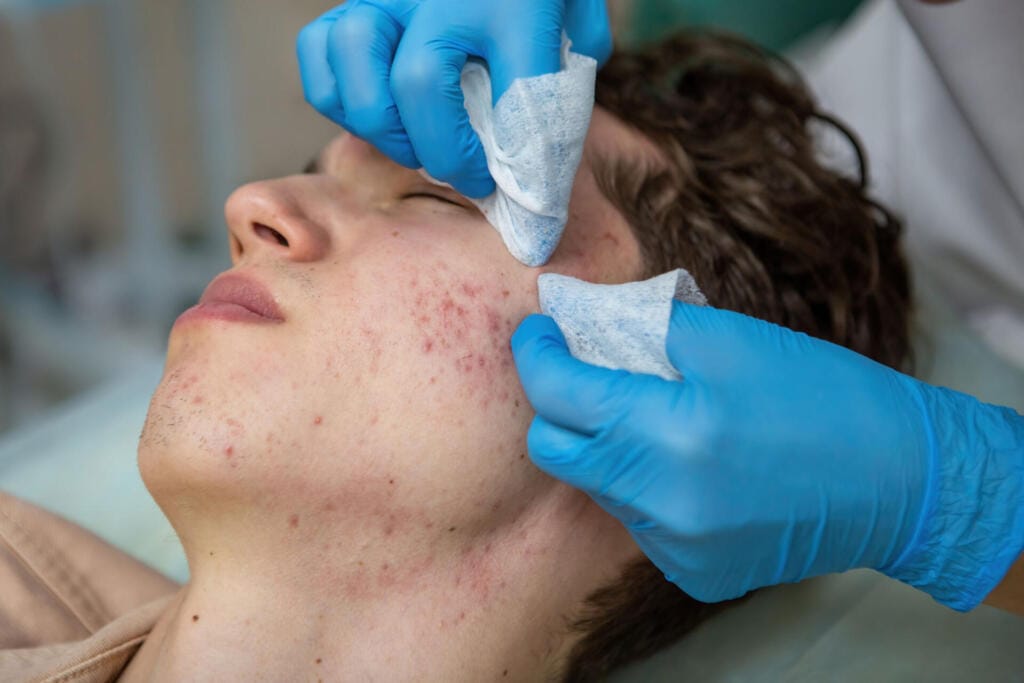
It’s also essential to wear sunscreen daily, even if you’re not planning to spend much time outdoors. UV exposure can make hyperpigmentation worse and slow the fading process. Opt for a broad-spectrum sunscreen with an SPF of at least 30 to protect your skin from further damage.
Lifestyle and Acne Scars: Small Changes with Big Impact
While professional treatments can offer fast results, don’t underestimate the power of lifestyle changes in managing and preventing future scarring. Here are a few habits that can support your skin’s healing process:
- Stay Hydrated: Drinking enough water keeps your skin hydrated and supports overall skin health. While water alone won’t erase scars, it can help maintain skin elasticity and promote healing.
- Maintain a Healthy Diet: Eating foods rich in vitamins A, C, and E can support skin repair and collagen production. Omega-3 fatty acids found in fish, flaxseeds, and walnuts can also help reduce inflammation and promote healthier skin.
- Get Enough Sleep: Sleep is when your body does most of its healing and repair work. Aim for seven to nine hours of sleep each night to give your skin the best chance at recovery.
Prevention: The Best Treatment for Acne Scars
Of course, the best way to treat acne scars is to prevent them from forming in the first place. Here are some steps you can take to reduce the likelihood of scarring after an acne breakout:
- Don’t pick or pop pimples: This is probably the hardest advice to follow, but it’s crucial. Picking at acne can push bacteria deeper into the skin and cause more inflammation, increasing the chance of scarring.
- Treat acne early: The faster you can get your acne under control, the less likely it will lead to scars. Seek advice from a dermatologist if over-the-counter treatments aren’t working for you.
- Use gentle skincare products: Harsh scrubs and drying treatments can irritate your skin and make scarring worse. Opt for products that are formulated for sensitive skin and avoid anything too abrasive.
Conclusion: Embrace Progress, Not Perfection
While it’s completely normal to want flawless skin, it’s important to remember that no one’s skin is perfect. Acne scars are a common experience, and even the most advanced treatments may not erase them entirely. That said, significant improvement is possible with time, patience, and the right treatments.



